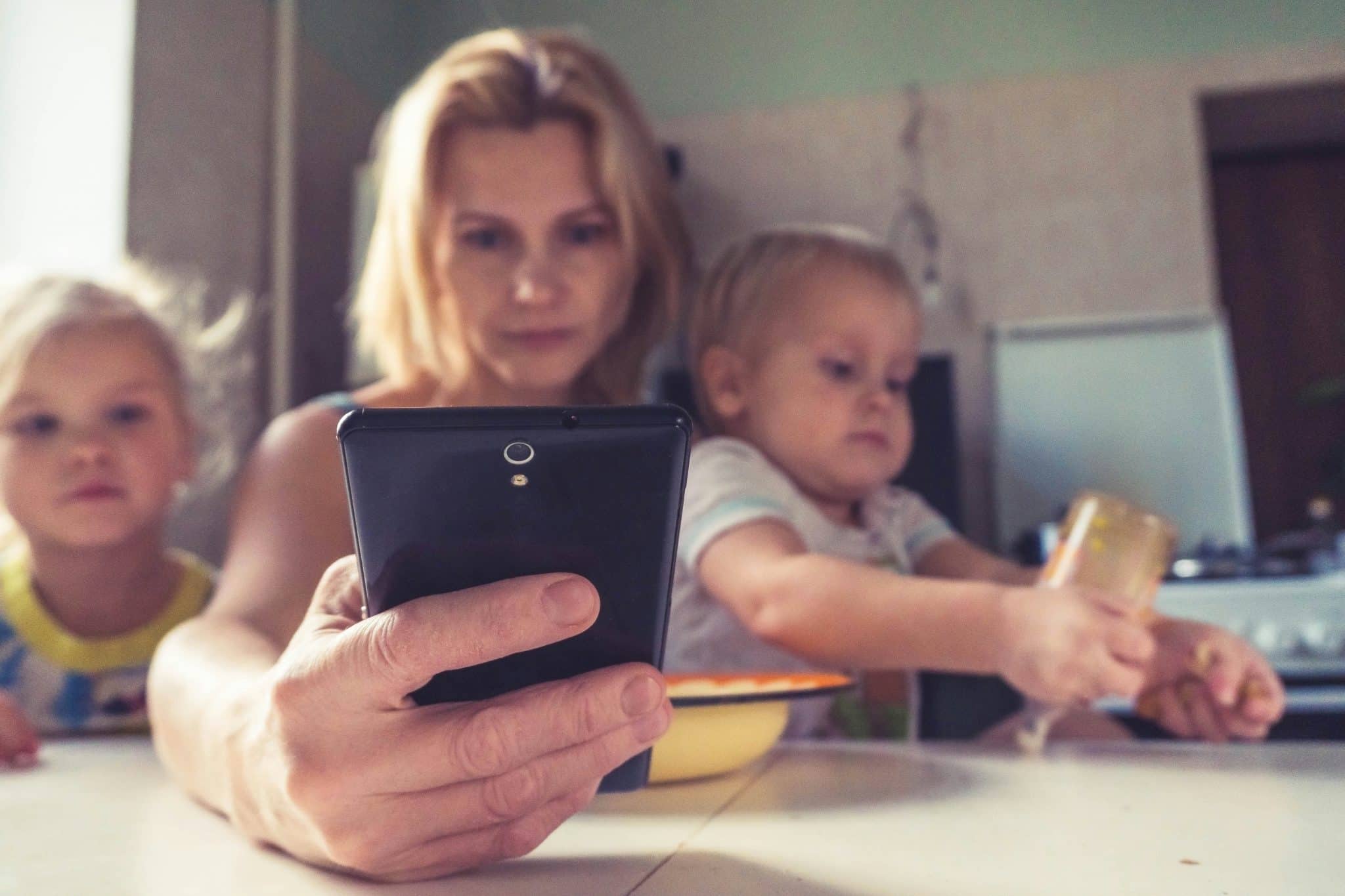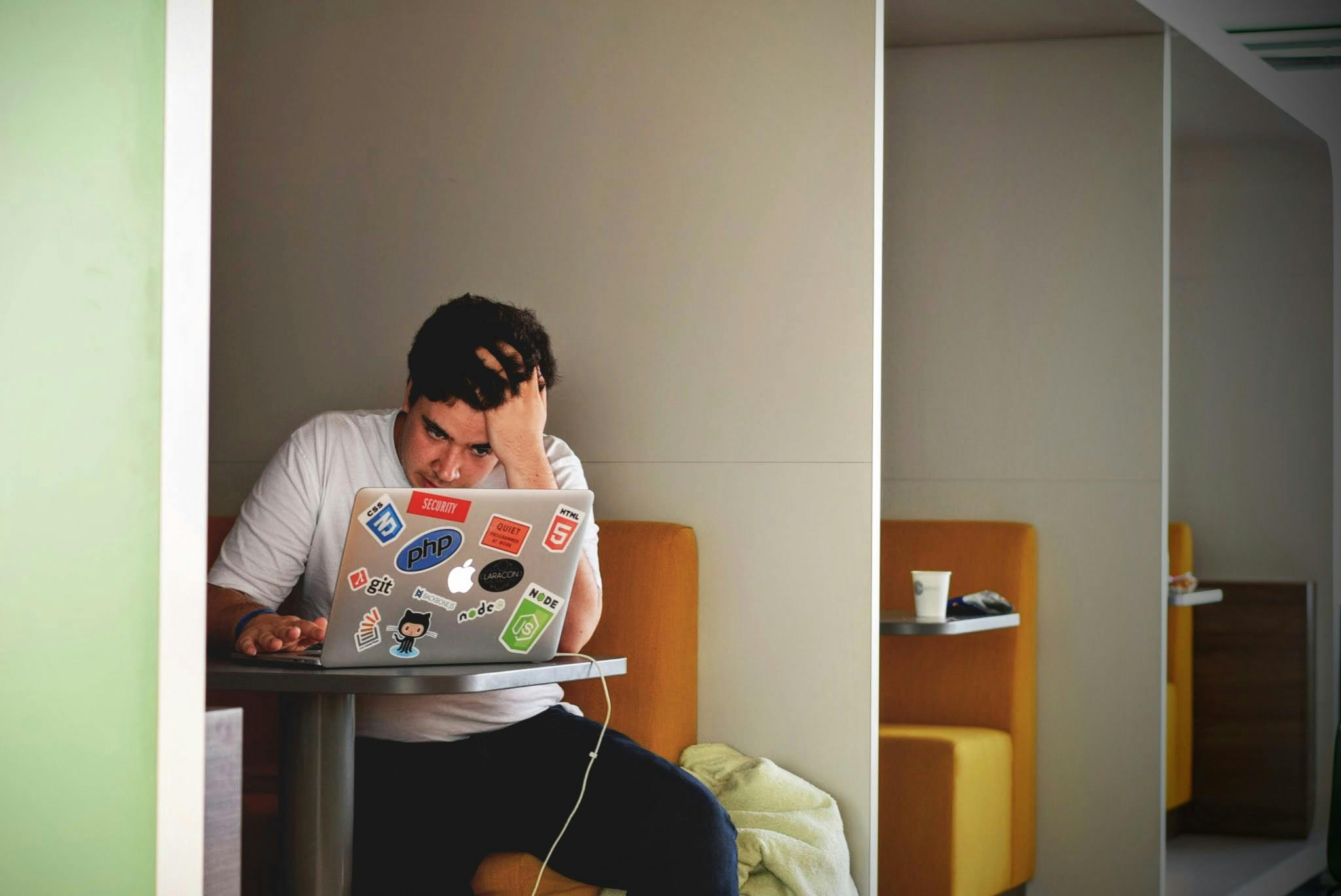The Impact of Doomscrolling on Mental Health

Your brain wasn’t built to scroll through four wars, three climate disasters, and a celebrity cheating scandal before breakfast.
It’s wild, right?
We scroll to feel connected. Informed. Distracted. But somewhere between the 12th “breaking news” headline and that one video of a crying panda, your nervous system taps out.
Suddenly, you’re wired but wiped, mentally cluttered, and wondering why your brain feels like an internet browser with 47 tabs open, one of which is playing music you can’t find.
The worst part? You don’t even notice it’s happening until the emotional hangover kicks in. That’s the real danger of doomscrolling on mental health. It’s silent, cumulative, and sneaky
But you can outsmart it.
In this post, we’re breaking down how doomscrolling messes with your mind and what you can do to take your peace (and focus) back.
Welcome to the Doom Loop Economy
It’s 2025, and your attention span is officially a hot commodity.
Not just because you’re “busy”, but because your focus is being auctioned off in real-time. Every headline, every TikTok, every “BREAKING” push notification is part of a larger machine. One that feeds off your anxiety and cashes in on your clicks.
Let’s break this down:
• The headlines? Often AI-generated.
• The content? Hyper-curated for max emotional whiplash.
• Your feed? Designed to show you what will keep you scrolling, not what will make you feel better.
This isn’t a glitch. It’s the system working exactly as intended.
The economy of 2025 isn’t just about selling products. It’s about selling panic and your nervous system is footing the bill.
Every time you rage-click, doom-scroll, or “engage,” algorithms get smarter. They learn what freaks you out, what grabs your attention, and what keeps you frozen on the screen.
It’s called engagement-based monetization, and it’s ruthless. News that sparks fear, anger, or helplessness? It performs better than positive content. So the machine keeps feeding you that.
Let’s be real: telling people to “just don’t look” is kind of like telling someone in a fire to “just stop feeling hot.”
This isn’t just a you thing. It’s a designed-to-be-addictive thing. You’re living in a world engineered to hijack your brain 24/7. There’s a growing body of research now digging into the long-term effects of doomscrolling on mental health,
That’s why fighting back has become more important than ever.
Try This: Break the Loop With Freedom
Set up a custom session on the Freedom app to block news apps, Twitter/X, TikTok, and Reddit for just 2 hours. Add a focus sound, like ocean waves or rain. Let your brain breathe without the algorithm whispering “the world’s ending” in your ear.

Photo by Elisa Ventur on Unsplash
The New Fight-or-Flight is Scroll, Freeze, Dissociate
Back in the day, stress made us run or fight. Now? It makes us… scroll.
Because modern threats aren’t tigers anymore, they’re headlines about the climate, political chaos, recessions, AI overlords, and influencer drama. And instead of doing something, we just… stare. Paralyzed.
We don’t fight.
We don’t flee.
We freeze and scroll.
And let’s not sugarcoat it: that scrolling isn’t helping. In fact, doomscrolling on mental health is basically like leaving the stove on 24/7. Eventually, something burns out.
Here’s how it plays out:
- Digital Numbness
You keep scrolling, not because you’re interested but because it’s become autopilot. It feels like something but it’s not rest. It’s not connection. It’s a soft, buzzing numbness that leaves you feeling hollow afterward.
- Emotional Fatigue
When every video hits a different emotional nerve, baby giggles, war footage, Gen Z comedy, another headline about the planet, you burn out. You’re not supposed to feel everything all the time. But the algorithm doesn’t care. It just wants you to feel enough to stay glued.
- Decision Paralysis
You open your phone to reply to one email. Forty-five minutes later, you’re trying to decide if you should delete all your social media, change careers, or move to Bali. It’s a lot. And when your nervous system is fried, even choosing between lunch options feels overwhelming.
Back in 2020, doomscrolling felt like a coping mechanism. We were all in the same weird boat shackled to the couches at home.
But now? The scroll is sharper. Faster. More targeted. The news cycle is shorter. The stakes feel higher. And with AI in the mix, fake headlines and manipulated content make it harder than ever to find a sense of what’s actually real.
It’s no longer about what you consume.
It’s about how much, how fast, and how helpless it makes you feel.
And here’s the catch: the more overstimulated your brain gets, the less capable it becomes of sorting through the noise.
How to Stop the Scroll Before It Spirals
If you want out of the scroll-freeze loop, you’ve got to interrupt the cycle with intention.
Here’s what works:
- Name it. “I’m doomscrolling right now.” Calling it out gives you control.
- Set a timer. Give yourself 5 minutes to scroll guilt-free. Then stop.
- Use Freedom’s pre-scheduled sessions to auto-block social apps before your brain melts into mush.
- Replace the scroll. Try reading one longform article. Watch one full documentary. Do one thing fully.
Quality over quantity. Always.
The Toll of Doomscrolling on Mental Health and Its Impact on Your Timeline
Can we agree that your attention is worth more than gold. And the algorithm is eating it like a midnight snack.
Every time you scroll, you’re not just losing time, you’re spending peace. And what do you get in return? Stress. Disconnection. Headaches. A weird sense of déjà vu.
Here’s how the mental tax stacks up:
1. Cortisol Stacking
Each tiny hit, like a dark headline, a sad TikTok, or an angry comment, adds another layer of invisible stress.
One doesn’t break you. But dozens, daily? You’re carrying it in your shoulders, your sleep, and your mood swings.
Signs you’re stacking stress without knowing it:
• You wake up already tired
• Small tasks feel massive
• Random stuff makes you snap
2. Dopamine Fatigue
At first, the scroll feels good. The dog in sunglasses? 10/10. But the more dopamine hits you get, the harder it is for your brain to register joy.
Even the fun stuff feels… flat.
This is why:
• You keep scrolling for the high, but don’t actually feel it
• You’re weirdly bored even when you’re technically “entertained”
• You need more content, faster, weirder, just to feel something
3. Short-Term Memory Loss
Doomscrolling floods your brain with junk input, crowding out what matters. You start forgetting stuff:
• “Why did I open this app again?”
• “What was I about to say?”
• “Wait… what day is it?”
Your timeline is packed, but your brain is full of static.
And let’s not forget the emotional exhaustion. Feeling sad, angry, numb, or all three before breakfast?
That’s your brain waving a tiny white flag.
That’s why researchers looking at doomscrolling on mental health are sounding alarms: we’re not just tired. We’re emotionally depleted.
You’re Not Addicted to Your Phone—You’re Overstimulated, Underheld, and Underrested
Let’s reframe this real quick: You’re not weak. You’re not lazy. You’re not “addicted to your phone” because you lack discipline.
You’re overstimulated by algorithms. Underheld by your relationships. Underrested from a culture that rewards burnout.
Doomscrolling isn’t a bad habit, it’s digital self-soothing.
When you scroll past midnight, watching another sad reel or waiting for that next tiny hit of dopamine, it’s not because you want to feel worse. It’s because part of your nervous system is trying to cope.
You’re regulating in the only way the modern world’s taught you how.
Here’s what doomscrolling on mental health is actually covering up:
• Loneliness: Sometimes, it’s not the screen you’re addicted to, it’s the illusion of connection. Scrolling gives you a tiny hit of “being with people” without the energy of actually being with people. That is why we relate to when an influencer announces they are getting engaged or having a baby.
• Unprocessed grief: You lost things. People. Plans. Even versions of yourself. But there was no pause, no ceremony. So you scroll through other people’s breakdowns, hoping to find your own feelings reflected back.
• Fear of the future: Climate collapse, job uncertainty, A.I. eating up everything you were working toward, yeah, it’s a lot. Doomscrolling feels like “staying informed,” even when it’s frying your nervous system.
How to Build a Nervous System-Friendly Scroll Routine
You’re not deleting Instagram tomorrow. And that’s okay.
The goal isn’t to quit scrolling entirely. It’s to stop letting the scroll hijack your nervous system like a raccoon in a rave. You need structure, not shame.
Doomscrolling thrives in chaos. It feeds off boredom, anxiety, and the absence of intention. But when you start curating what you consume and when you consume it? That’s when things shift.
Here’s how to make your scroll a little more nervous system-friendly:
1. Swap the doom feed for slow media
Instead of flooding your brain with breaking news, algorithm-triggered hot takes, and trauma reels, try longform articles, thoughtful newsletters or print magazines or books.
2. Follow beauty over chaos
Curate your social media feed like it’s a mood board for peace. Nature videos. Art accounts. Calming architecture. Poetry quotes that make you exhale.
3. Time your scrolls like meals
The endless scroll? It’s the digital version of a buffet you never leave. You need portion control. Set scroll windows (15-30 mins). Pair it with cues like scroll after lunch. Scroll during your coffee break. Not while lying in bed at 1AM convincing yourself you’ll stop after “one more video.”
4. Try “Reverse Doomscrolling”
Instead of reading every anxiety-inducing headline the moment it drops, save it for later. Bookmark big stories or posts. Choose a specific time of day (like lunch or early evening) to catch up. Use Freedom to block news sites outside those hours, so you don’t spiral every time you pick up your phone.

Your Brain Wasn’t Built for This
We know you didn’t mean to scroll for an hour.
You just opened your phone to check the weather, and suddenly you’re deep in a loop of war headlines, influencer drama, and a weird ad for emotional support sea moss.
And now?
You’re anxious, tired, and you forgot what you picked up your phone for in the first place.
Here’s the thing: you’re not lazy. You’re not “bad at boundaries.” You’re living in a world that profits from your attention. Your nervous system isn’t broken, it’s doing its best to keep up.
But it’s tired. It’s overstimulated. And it’s quietly begging for a break.
You’ve learned how the scroll hijacks your mood, drains your energy, and rewires your brain. But you’ve also learned what to do about it. You’ve got tools. You’ve got tactics. You’ve got choices.
And guess what? You don’t have to do it alone.
The Freedom app makes those boundaries easier to keep. Want to block rage-bait apps during meals? Done. Want to set scroll-free bedtime hours so your brain can actually rest? Easy. Want to build a calm-first morning instead of spiraling by 8 a.m.? There’s a feature for that.
You deserve rest. You deserve focus. You deserve to feel safe inside your own brain again.


